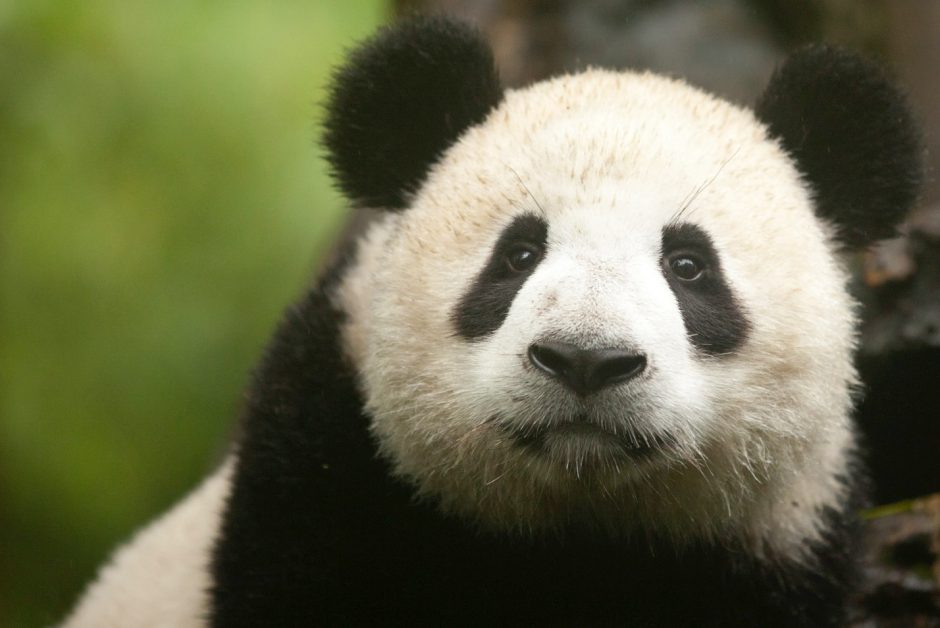
Three Techniques you Need to Know for Photographing in China’s Sichuan Province
China is a massive country, and to do it right, it’s best to focus on a handful of regions and highlights. The province of Sichuan is a perfect place for any nature, wildlife, and travel photographer to focus on because of the variety of showstopping photo opportunities. Follow these three tips to maximize your photographic adventure in China.
How to photograph silky waterfalls in Jiuzhaigou National Park

Jiuzhaigou is a true wonder of our natural world. Home to dozens of cascading waterfalls and colorful pools of water that reflect as brilliant green and blue, you’ll no doubt want to capture it’s stunning beauty. One of the best ways to capture waterfalls is to use a slow shutter to allow for that “silky” look, like in the above and below photos.
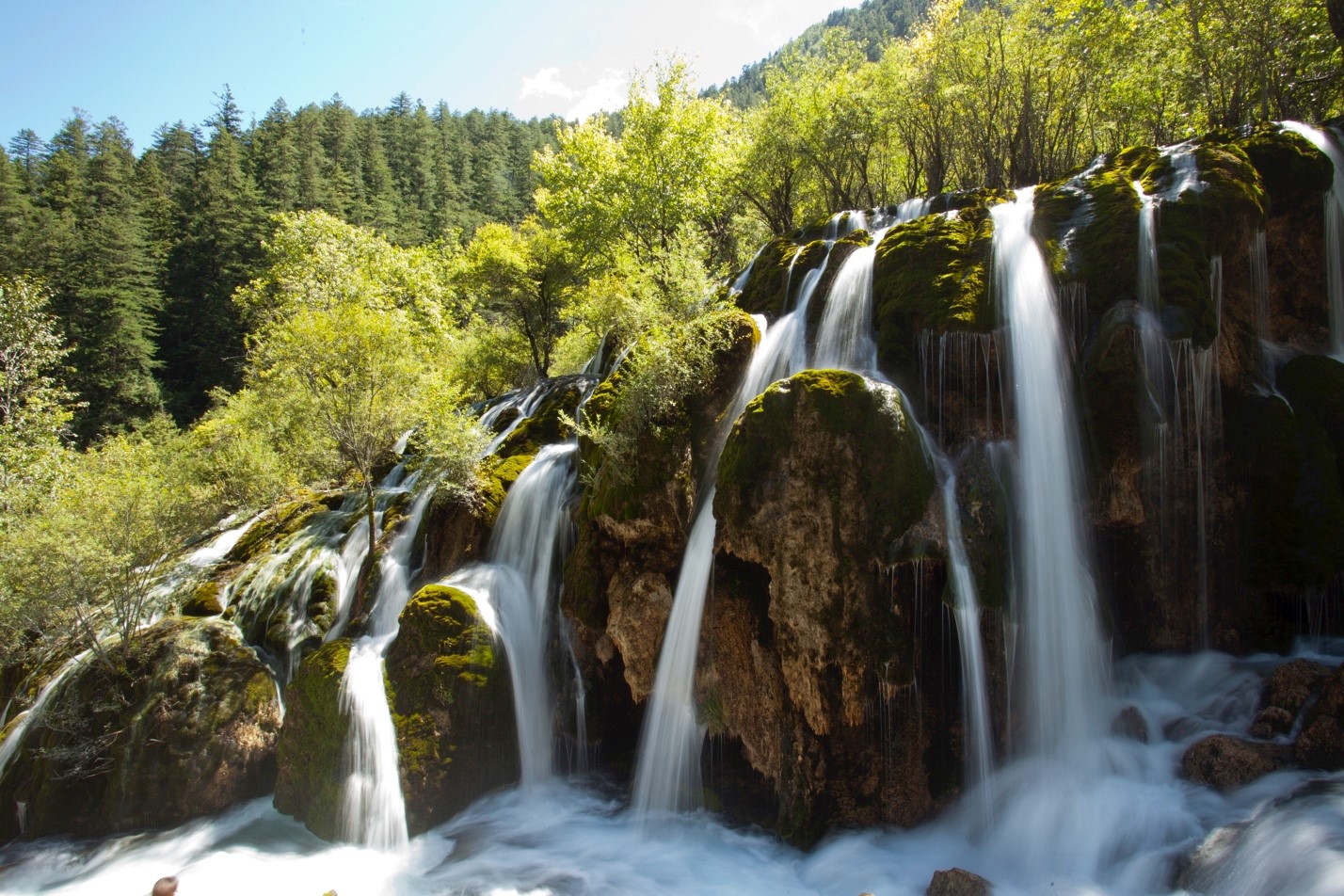
The beauty of the silky look is that it shows movement in an otherwise still photo.
The steps needed to do this are relatively simple.
First, you need to have a tripod for stability. If you are with a dedicated photo tour of the area, check with your outfitter to see if they provide these for your trip. However, if you have your own, it’s nice to have your own equipment with you, as you will know immediately how to use it and any eccentricities with operating the legs, adjusting the head, mount, etc.
Second, you’ll need to set your camera on “shutter speed priority” mode. On most cameras this is located on a dial at the top of the camera body, and the setting is marked as “Tv” for Time Value or “S” for Shutter. This allows you to set your camera on a specific shutter speed, while the camera decides on everything else (autofocus, aperture, etc.). For slowing down waterfalls, I recommend setting your shutter speed at something between 1 full second and 1/20th of a second. The exact setting is up to the speed of the water, and your personal preference for how “silky” the water looks. The longer the shutter speed, the more blurred the water is, thus the silkier it is.
Third, set your camera on a delayed timer so that it takes the photo 2 seconds after you hit the shutter button. This allows you to push the camera’s button and step away so that the motion of you hitting the camera’s button doesn’t move the camera (even a micron of movement can blur your photo in these long shutter settings).
Lastly, experiment a little! Try different shutter speeds, different angles, zoom in, zoom out, etc. Go longer than 1 full second if you wish. Because slow shutter speeds let in a lot of light, you may have to manually tell your camera to use a low ISO setting. An ISO setting is similar to film speed. The higher the film speed, the more light the camera captures. Because with this technique you are at risk of too much light, you may have to tell your camera to shoot at ISO 100, thus limiting any “extra” light, which would make your photo very very bright looking.
Use a shallow depth of field for panda photos
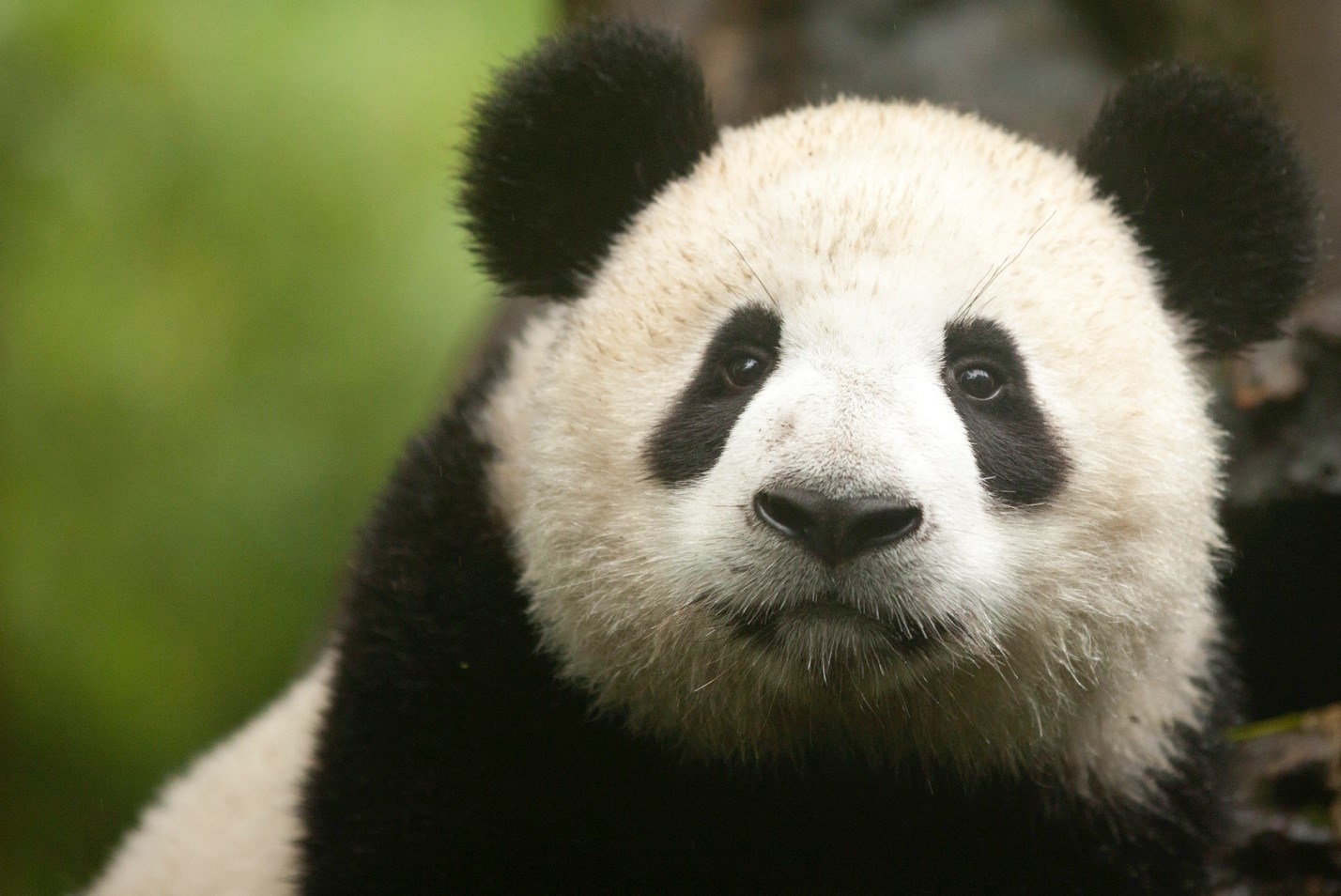
If you are on a photo tour dedicated to photographing panda’s in China’s Sichuan Province (specifically, in Chengdu), you will no doubt see many pandas! In fact, some of the larger research facilities have dozens that you can photograph at close range.
 When photographing these amazing creatures, isolate them from the background by using a shallow depth of field. This produces that beautiful blurred look to the background, while the panda is in crisp focus in the foreground. There are two ways to do this. For those of you unfamiliar with aperture settings, or just prefer to use a point and shoot camera, set your camera on “portrait mode”, denoted by what looks like a basic image of a person looking at you head on (left). Each camera manufacturer has their own take on this, so consult your camera’s manual if you’re not quite sure.
When photographing these amazing creatures, isolate them from the background by using a shallow depth of field. This produces that beautiful blurred look to the background, while the panda is in crisp focus in the foreground. There are two ways to do this. For those of you unfamiliar with aperture settings, or just prefer to use a point and shoot camera, set your camera on “portrait mode”, denoted by what looks like a basic image of a person looking at you head on (left). Each camera manufacturer has their own take on this, so consult your camera’s manual if you’re not quite sure.
The second way to employ a shallow depth of field is to manually set your camera on “aperture priority” mode. This is often denoted by a “Av” for Aperture Value or “A” for Aperture on your camera’s top dial. (sometimes this is in the menu system of point and shoot cameras). Then, choose something around f/2.8 – f/4, if possible. The smaller the number, the more shallow the depth of field. Some lenses and cameras do not go lower than f/5.6 when zoomed in, which is fine, but will not blur the background quite as much. Remember, aim for the smallest number the camera will allow you to dial in.
Fill the frame with patterns and textures for interesting travel photos
China’s Sichuan province is a true “travelers” destination, in that it offers many subtle nuances that make it an extremely authentic and captivating place to explore. Showcase your captivating experience by taking your camera everywhere with you.

While this turned into a beautiful photo of Buddhist prayer scrolls, it wasn’t immediately apparent when we were exploring a monastery. In fact, this was only a small section. However, when “filling the frame” with these scrolls, it appears endless and enigmatic.
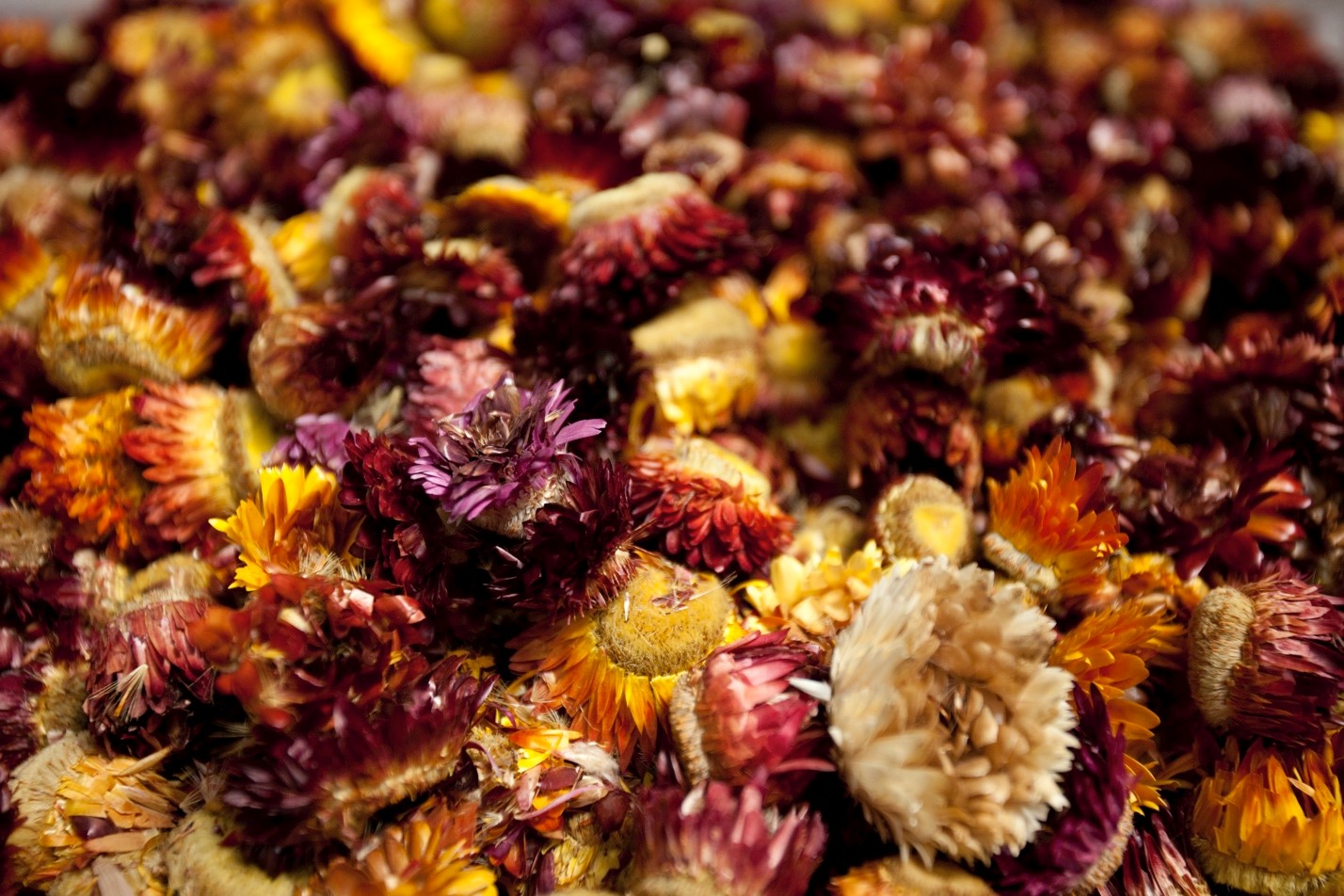
Markets are excellent places to photograph things you’ll probably never see elsewhere. Whether it’s a bag of notorious spicy Sichuan peppers, or piles of dried flowers to be used as herbal remedies, the colors and patterns can be very evocative. Get close, fill the frame, pick an interesting focus point, and shoot away!
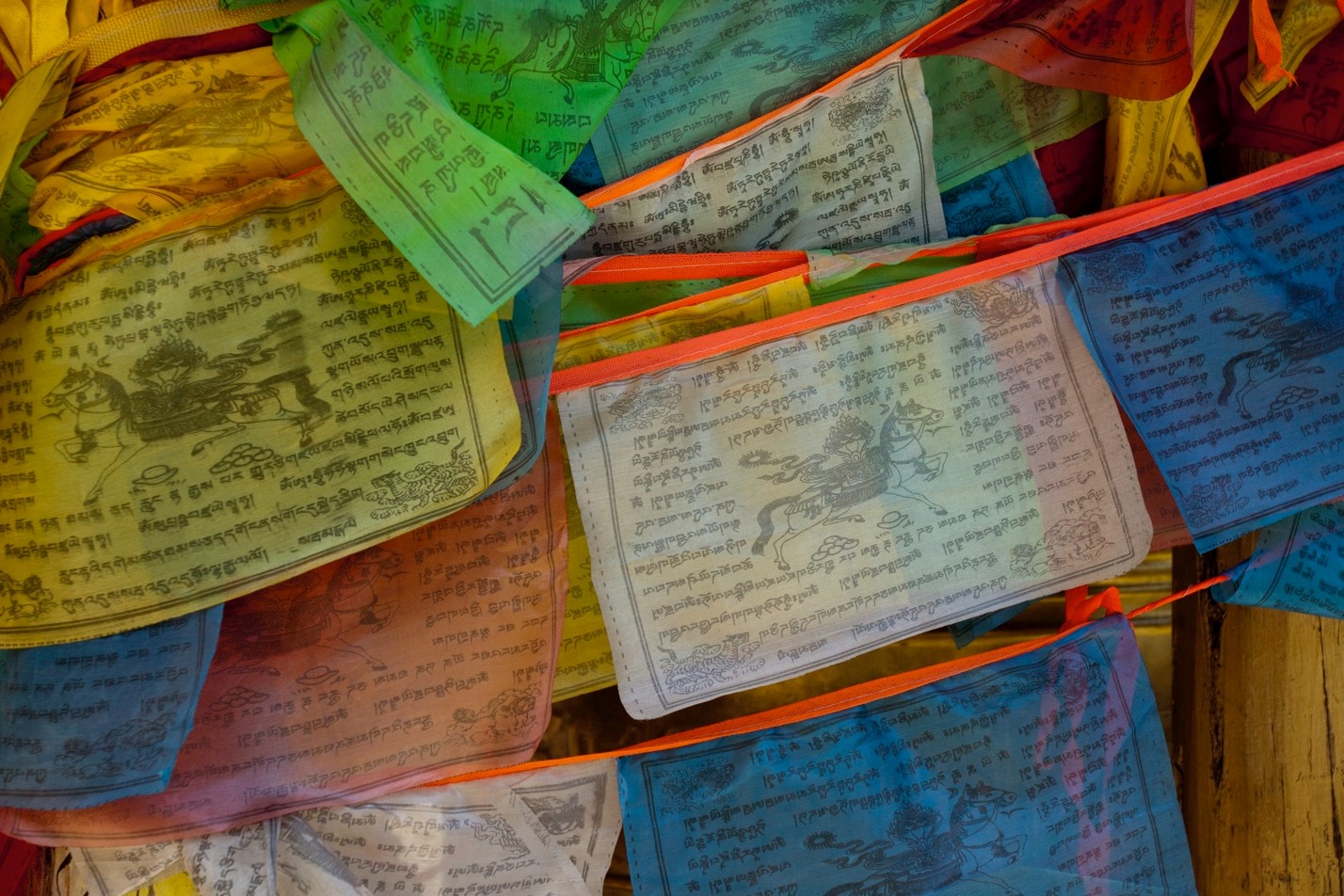
Being on the border of the Tibetan plateau, the Sichuan province has a heavy Tibetan influence, which yields fantastic photos of Tibetan culture. Zoom in to fill the frame with the colors and textures of these iconic prayer flags.
Getting into the wilds of China is such a special photo experience, as it really gives off the “locals only” vibe. That translates into an amazing travel experience, as well as rare and unique wildlife, nature, and travel photography. Follow these tips and you’ll no doubt return home with an incredible trip album!
Go forward and give it a shot,
Court
Leave a reply